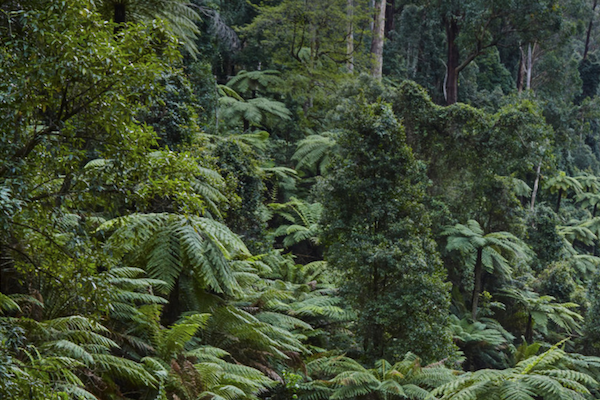This paper considers land-based carbon dioxide removal (CDR) approaches for Australia, looking specifically at Victoria in the context of considering how the land sector can contribute to a net-zero emissions goal under the Victorian Climate Change Act 2017.
While emissions from agricultural land have remained relatively stable for decades, emissions from land use, land-use change, and forestry activities in Australia have fluctuated dramatically, from a source in the 1990s and 2000s to a net sink today. However, this net sink is projected to decline over the next decade.
For Australia’s land sector overall to make a major contribution to climate mitigation through CDR, land clearing and deforestation would need to be further reduced, while the CDR potential of other activities (forest management, reforestation, farm forestry, plantations, soil management) is enhanced beyond current projections. This paper suggests there is potential for this to be done in Victoria, with significant economic and ecological co-benefits for biodiversity, agricultural productivity and ecosystem services.
In this report the authors identify four broad activities which could have a significant carbon sequestration potential in Australia and Victoria in particular. These are native forest regeneration, carbon and environmental plantings, soil carbon removal, and restoration of degraded lands.
Read the report from Melbourne Sustainable Society Institute - “Land-Based Carbon Dioxide Removal Options for Victoria.”


No comments:
Post a Comment